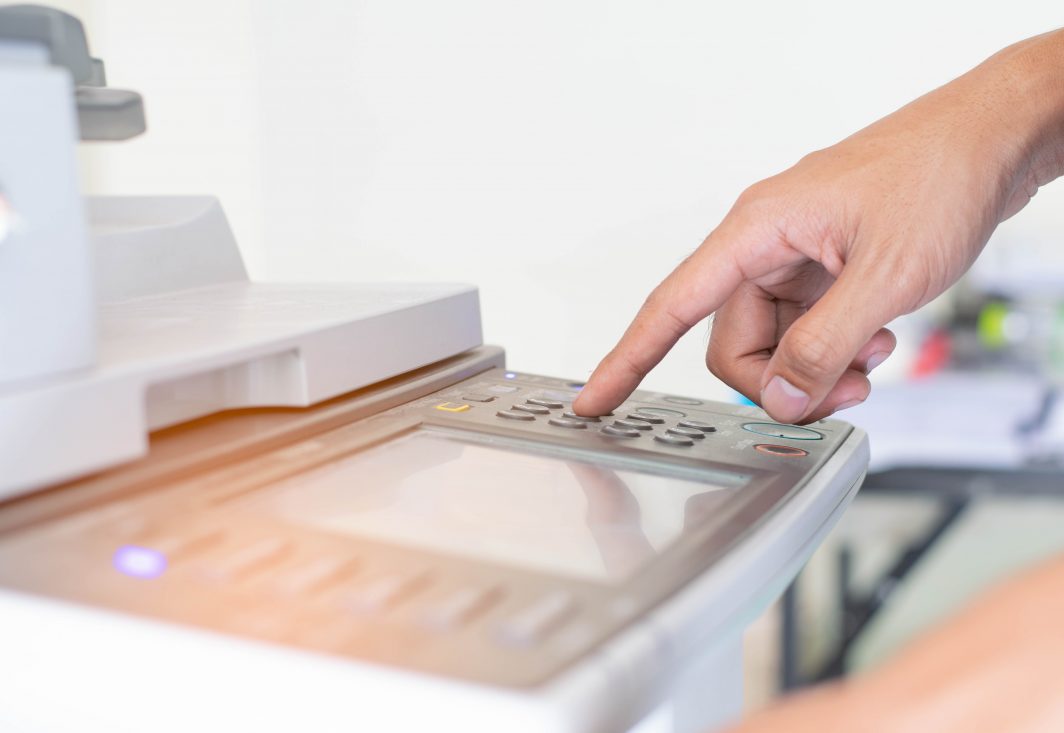
Anyone working in a scanning service bureau quickly finds the impact of NOT doing scanner maintenance – that is a stoppage in production, or even worse –scanner damage!
Scanner maintenance is often viewed as a ‘necessary evil.’ One that is best left to be discovered and is not usually brought up during initial conversations at the time of purchase!
Let’s take a look at the reasons proper maintenance of a scanner is a reality. A scanner is a mechanical device that has rollers, belts, gears and motors that all serve to move the paper along its path. As we know, anything that moves at some point requires cleaning, lubrication or replacement. Well, a scanner moving 50 to 100 pages of paper in one minute is certainly working very hard. The scanner should have an electronic counter that records the amount of pages scanned. This is used to gauge when cleanings should take place.
Another thing to consider is the scanner’s duty-cycle. This is the manufacturer’s recommendation of how many pages the device can actually scan, and do it reliably over a certain period of time. Another concern in duty-cycle is this volume must not overload or overtax the unit. A scanner rated at 5,000 pages per day in reality means the scanner will perform satisfactorily for up to 5,000 pages in one day. It may in fact be able to scan 6,000 pages in one day, but the manufacturer considers that overloading the scanner and if done may void the scanner warranty. Please note, the scanner will only perform [or meet] the duty-cycle if properly maintained.
So performing scanner maintenance needs to be done, now let’s look at what it includes. First and most obvious is to vacuum out the unit. Paper dust contains wood fibers that are abrasive and can quickly wear out moving parts. Vacuum and –blow- out the unit thoroughly. This makes a mess and is best done outside if possible.
Next we clean the rubber [paper advance] rollers. A diluted alcohol of 70% is used. This is strong enough to clean the rollers, but not too strong as to attack the rubber used to make the roller itself.
Then we clean the CCD’s, or the Charged Coupled Device’s that act as an electric eye. (They actually do the recording of the light that reflects back off the page.) They will look like a flat glass plate. If they become dirty, you will typically see lines in the image. Then there is the light source itself. Your scanner may have LEDs, or tubes that emit a very bright light. These too must be kept clean for the best and brightest image possible.
And last but not least, scanners have several areas that need lubrication. This is best done by a technician and may require some disassembly. Properly performed maintenance will ensure you the best quality images, the most efficient throughput possible and at the same time preserve your investment! Although it’s a tedious and time-consuming task – like Nike says: “Just do it!”
Byron Aulick, CDIA+, Project+, ECMs
Has 30 years ECM experience and has taught more than 3,000 sales professionals this philosophy.

